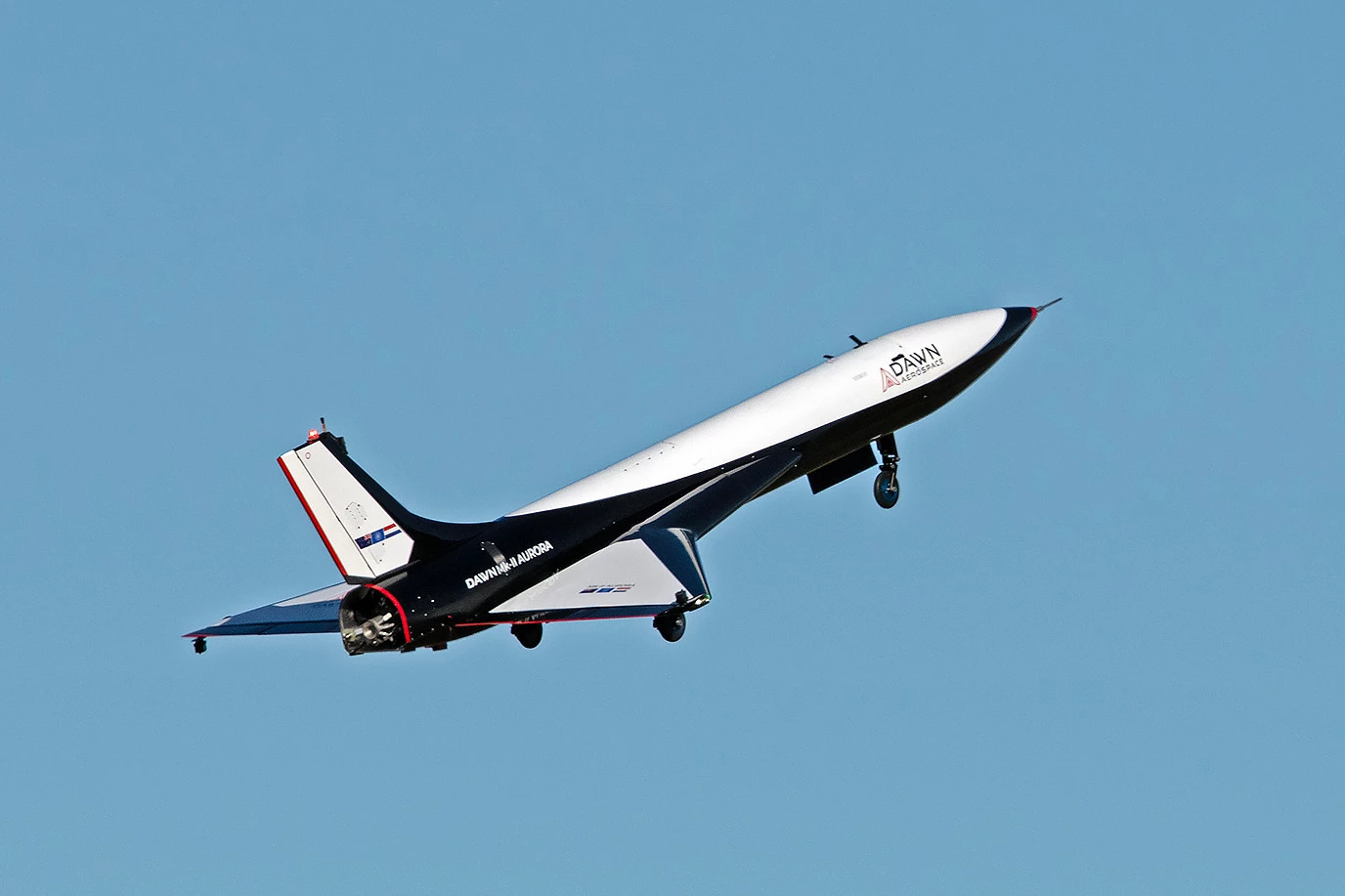Back in 2021, we heard how the Mk-II Aurora suborbital spaceplane had made its first test flights … but it was using surrogate jet engines. Now, however, the vehicle has made its first flights using an actual rocket engine.
Designed by New Zealand-based Dawn Aerospace, the Mk-II Aurora is a reusable uncrewed technology demonstrator for the company's upcoming Mk-III model.
Plans call for that vehicle to take off and land like a regular fixed-wing airplane – using conventional runways - carrying cargo such as satellites weighing up to 250 kg (551 lb). Upon reaching an altitude of 100 km (62 miles), that payload will be launched into low-Earth orbit via an expendable second-stage rocket. The Mk-III could also carry up to 1 ton (0.9 tonnes) of scientific instruments (which would not be launched into orbit) on suborbital flights.

The three rocket test flights of the Mk-II took place at New Zealand's Glentanner Aerodrome on March 29th, 30th and 31st. During those flights, the craft reached altitudes of approximately 6,000 ft (1,829 m) and speeds of about 170 knots (196 mph or 315 km/h).
These figures are actually similar to those achieved in the earlier jet-powered flights. Dawn Aerospace has stated that the latest test flights were intended to "validate key systems and capabilities," not to set any new records. That said, the company will gradually increase both the speed and altitude on subsequent test flights.
It is hoped that even before the Mk-III model is in use, the Mk-II will be making commercial flights for paying clients twice a day.
"To have demonstrated rapid reusability in the first tests is proof of our core philosophy, and confirmation that rocket-powered vehicles can be operated just like commercial jet aircraft," said Dawn Aerospace CEO, Stefan Powell.
The following video showcases highlights from last week's test flights.
Source: Dawn Aerospace





